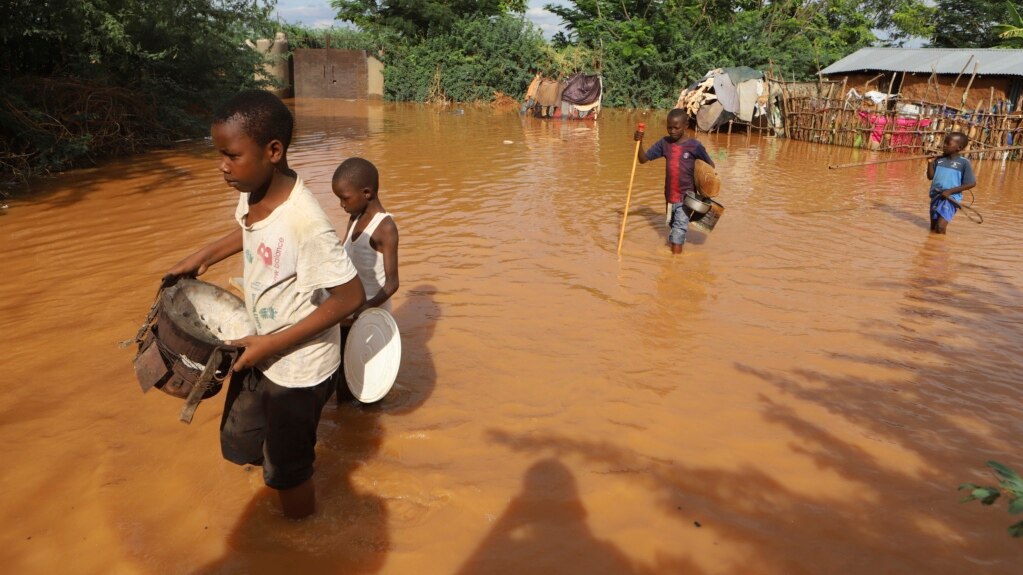Heavy rains and severe flooding have been hitting Kenya since March. They are among the most disastrous rainstorms to hit the East African country in recent years.
At least 169 people have died from the heavy rains. At least 91 others are missing, the latest government estimates say.
On Monday, at least 48 people died after water blew through a blocked river tunnel under a railway line in southwestern Kenya.
The flooding has displaced more than 190,000 people and damaged roads and other structures.
Seasonal weather patterns, climate change and other natural weather events all combine to create deadly rainstorms.
Long rainy season
Kenya and some other parts of eastern Africa have two main rainfall periods: the “long rains” season from March to May, and the “short rains” season from October to December.
The “long rains” season is when most of the country’s average yearly rainfall happens.
In its forecast for this year’s “long rains” season, the Kenya Meteorological Department predicted above-average rainfall in many parts of the country. It also warned of flooding, landslides and other harmful effects.
Last year’s “short rains” season saw severe storms in many parts of the country. The meteorological department said Lamu, Mombasa and Garissa areas received nearly three times their long-term average rainfall.
Why is the rain so severe?
Kenya's rainfall frequency and intensity are affected by a natural climate system called the Indian Ocean Dipole.
The Indian Ocean Dipole makes the surface of the western Indian Ocean warmer and then colder than the eastern Indian Ocean. It causes heavy rainfall in areas west of the Indian Ocean, such as Kenya, and droughts in Indonesia and Australia.
Joyce Kimutai is a researcher at Imperial College London. She said that, in Kenya’s case, the Indian Ocean Dipole and climate change are likely bringing more severe rainfall and flooding.
In a study in December last year, Kimutai and other scientists from World Weather Attribution found that human-caused climate change had made last year’s “short rains” season in Kenya and other parts of eastern Africa up to two times more intense.
When will “long rains” end?
It has become more difficult to predict long-term weather in Kenya in recent years. The start and the length of dry and wet seasons have increasingly changed.
The Kenya Meteorological Department expects the “long rains” season to continue into June. In its latest weather report on Monday, the department said it expects heavy rain in six areas of the country. It also predicted flooding in low-lying areas and landslides in hilly areas.
Flooding in East Africa also has killed more than 150 people in neighboring Tanzania and Somalia. It has also affected hundreds of thousands of people in Ethiopia and Burundi.
I'm Andrew Smith.

